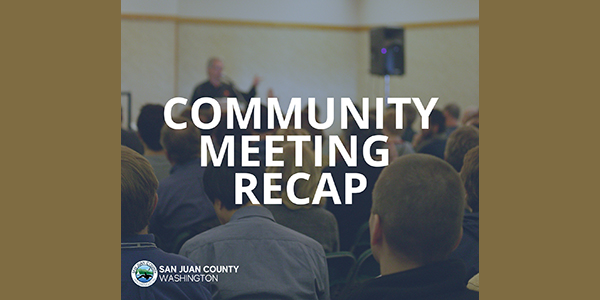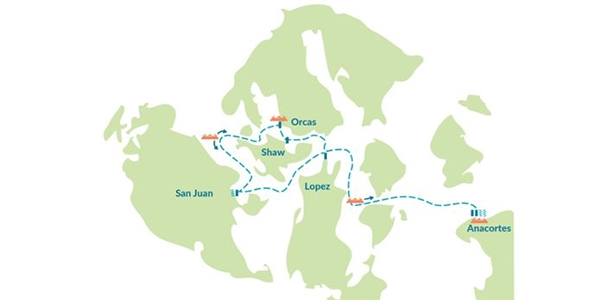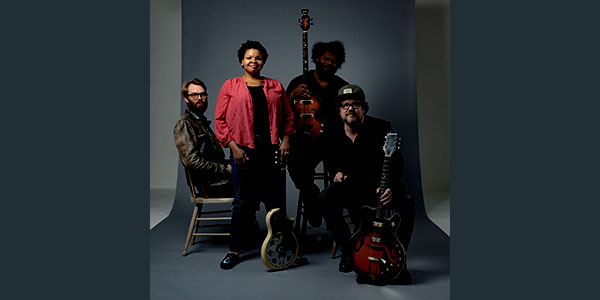— by Lin McNulty —
One day in 1980, Patricia Ayers, mailed off cards she came across in Readers Digest to both the Navy and the Air Force. She couldn’t afford college and wanted to receive training in the medical field. When the Navy was the first to contact her, she joined up and took the oath of service. The 21 year old was fascinated by the recruiting slogan of that time: Join the Military, See the World.
It was peacetime. “We trained for war,” she says, “so it was always in the back of my mind.” But realistically she didn’t expect it to happen. As a newly-trained corpsman, her first duty station was the Bethesda Naval Hospital in Maryland.
In 1983, she was stationed at a hospital in Puerto Rico, working in the emergency room. News from the real world was slow to reach them, so they were caught somewhat off-guard when they unexpectedly received their first casualty from Grenada, a 21-year old man who became a KIA (killed in action).
Fortunately, her unit had, just the week before, gone through a training drill. So all disaster boxes were up to date and the necessary procedures to set up MASH-type disaster units were fresh in their minds. But when it was announced, “This is not a drill. Man your disaster stations,” it was a shock.
They immediately established triage for incoming casualties and the operating room became a 24/7 real-life exercise as they continued to receive wounded for the next week. With only one general surgeon on staff, along with a doctor from the Air Force and the National Guard, patients were stabilized before being flown back home or to nearby aircraft carriers.
Then in 1991 when the Gulf War, Operation Desert Storm, hit, coordination for people, supplies, and equipment was sorely lacking. It took a week for her unit to arrive in Kuwait. By that time, the short war was essentially over. She did, however, spend a month there in a tent hospital. “Fortunately,” she says, “our hospital was set up on the periphery” so she was not exposed to the highly toxic chemicals that continue to plague Gulf War veterans.
Because she is a female, and was working in a “man’s world,” there are any number of times she says she could have claimed discrimination and sexual harassment. When she undertook training to become a cardio vascular technician she was the only female. One instructor told her she didn’t belong there, it was too hard for a woman. “My goal was to succeed when I was told I didn’t belong there,” she smiles. The training started with 25 students. After most of the trainees dropped out, only five graduated, and she was number two.
“I used the military to my advantage,” she points out. It took almost 12 years of part-time schooling, but she eventually did get her nursing degree, paid for with tuition assistance from the military. Upon becoming a registered nurse, she chose not to make the military switch from enlisted to officer. She was more interested in the hands-on experience with the patients than being in what is mostly the supervisory or administrative role of an officer.
In 1992, she was going to again re-enlist, but was offered a civilian position in clinical research with Medtronic in San Diego, the world’s fourth largest medical device company and a Fortune 500 company, at quadruple her military salary. However, she did spend another five years in the Navy Reserves.
One of her most valuable memories is when she received Navy Commendation Medal for setting up the first hospital to go smoke-free at San Diego Naval Hospital. It was her initiation and dedication to the project on her own time that made the program a success.
Still filled with that initial desire for hands-on medical involvement, she has now been an EMT at Orcas Fire and Rescue for five years, with no desire to stop.
**If you are reading theOrcasonian for free, thank your fellow islanders. If you would like to support theOrcasonian CLICK HERE to set your modestly-priced, voluntary subscription. Otherwise, no worries; we’re happy to share with you.**







Thank you OrcasIssues.com for this great write-up on Pat. Very interesting.
I’m not surprised- Pat is such a wonderful human being, an excellent role model for young women and a treasure to this community. I’m honored to call her friend.
Pat’s amazing and it’s great to know more about her service and experiences! Thanks for all you do Pat.
Pat is a great friend. Thank you for highlighting her background, which would never come to the fore with her unassuming and gracious personality.
Thanks, for this great story, and thanks to Pat for her bravery and commitment. We should have stories about our Orcas Vets, especially the remaining WWII vets whom we are rapidly losing…